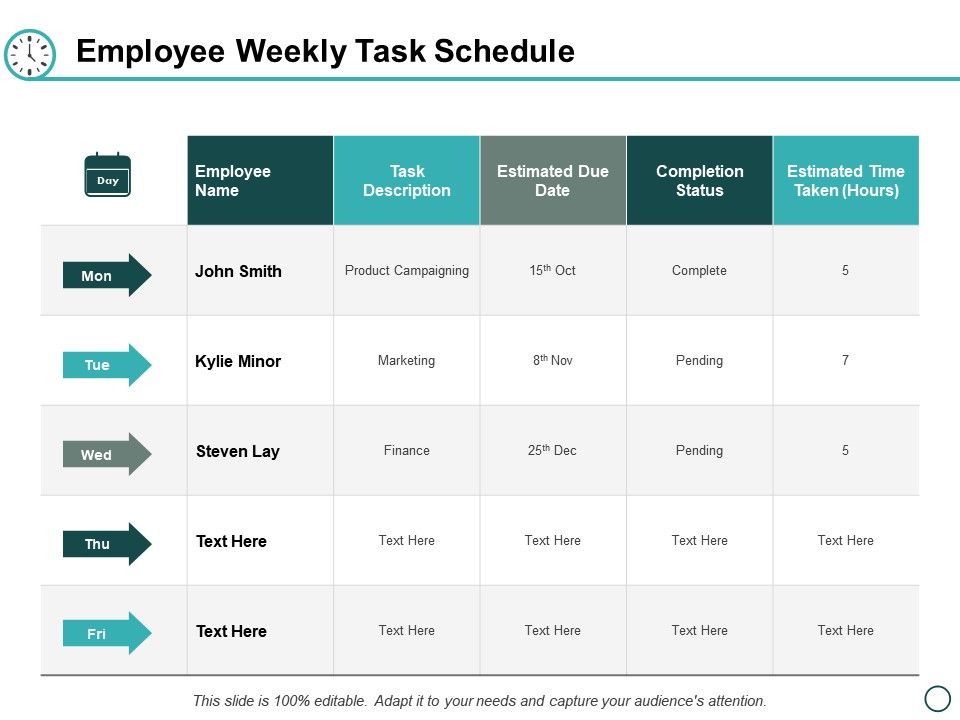
Rules evaluate a condition and then specify the next step in the process. In addition to the tasks and subprocesses that the process runs, you can control the process by using the following: OSM also provides specialized automated task types called the activation task for communicating with Oracle Communications ASAP and the transformation task for initiating the order transformation manager functionality from within a process flow.įigure 7-3 Process Activities Options in Design Studioĭescription of ''Figure 7-3 Process Activities Options in Design Studio'' Automated tasks run automatically with no manual intervention. Manual tasks must be processed by an order manager, using the Task web client. Order processes can contain automated tasks, manual tasks, and task status transitions from one task to another task, as well as other process actions such as task transition delays, joins, redirects, rules, subprocesses, and end process points.Ī task is a specific activity that must be carried out to complete the order for example, if an order needs to verify that an ADSL service was activated, you might model a task named Verify ADSL Service.

In addition to running tasks and subprocesses, you can control how a process runs for example, specify to delay processing a task or create multiple possible transitions from one task to another based on task status.

When you create the process structure, you must place the tasks in the order in which the process is to complete them.

Processes have a single entry point and one or more exit points. The Process editor in Oracle Communications Design Studio is where you define the flow of tasks for a particular process.


 0 kommentar(er)
0 kommentar(er)
